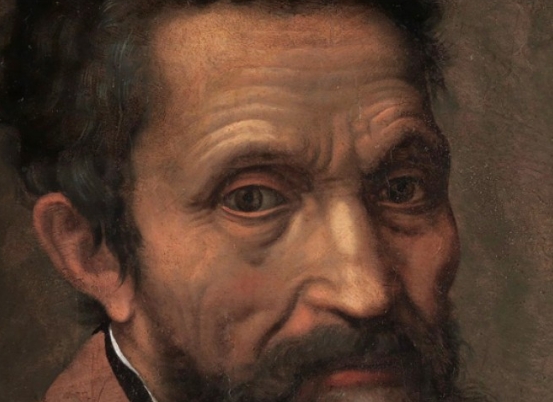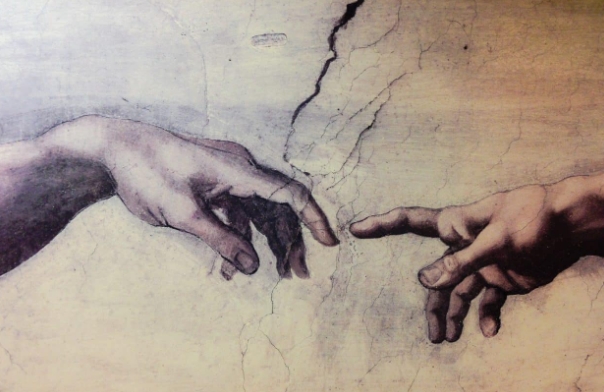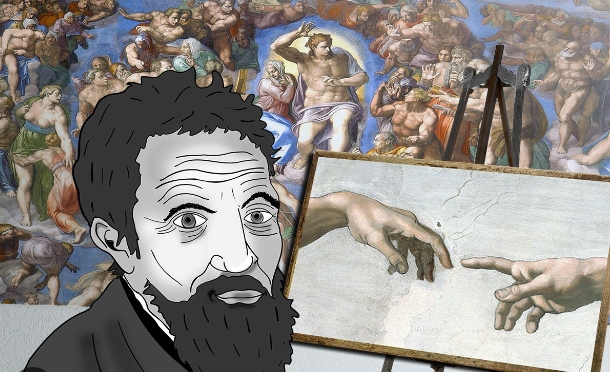Michelangelo Buonarroti was an all-around artist during the Renaissance, whose works had a profound impact in the fields of painting, sculpture, and architecture. As a talented painter, one of his most famous works is the Sistine Chapel ceiling painting, which is breathtaking for its exquisite techniques and grand narrative style. However, Michelangelo is not only an outstanding painter, his sculptures are equally impressive, such as “David” and “Lamentation of Christ”, showing his superb mastery of human anatomy and emotional expression.
Michelangelo also left a great achievement in architectural design, and the dome of St. Peter’s Basilica is one of his masterpieces. The design of this church not only reflects Michelangelo’s innovation in architectural structure, but also demonstrates his artistic ability to integrate sculpture and architecture. In his sculpture creation, Michelangelo was deeply influenced by ancient Greek art, especially the characters in Greek mythology. Many of his works are full of tributes to classical gods. For example, the mausoleum he designed for Pope Julius II is full of the sacred atmosphere of Greek mythology, which complements the elegant image of the Greek goddess statue.
Through Michelangelo’s paintings, sculptures and architectural designs, we can see how he integrated innovation in multiple fields and inherited and carried forward the artistic spirit of ancient Greece. His pursuit of beauty and harmony not only shaped the artistic style of the Renaissance, but also had a profound impact on later architecture and sculpture.



